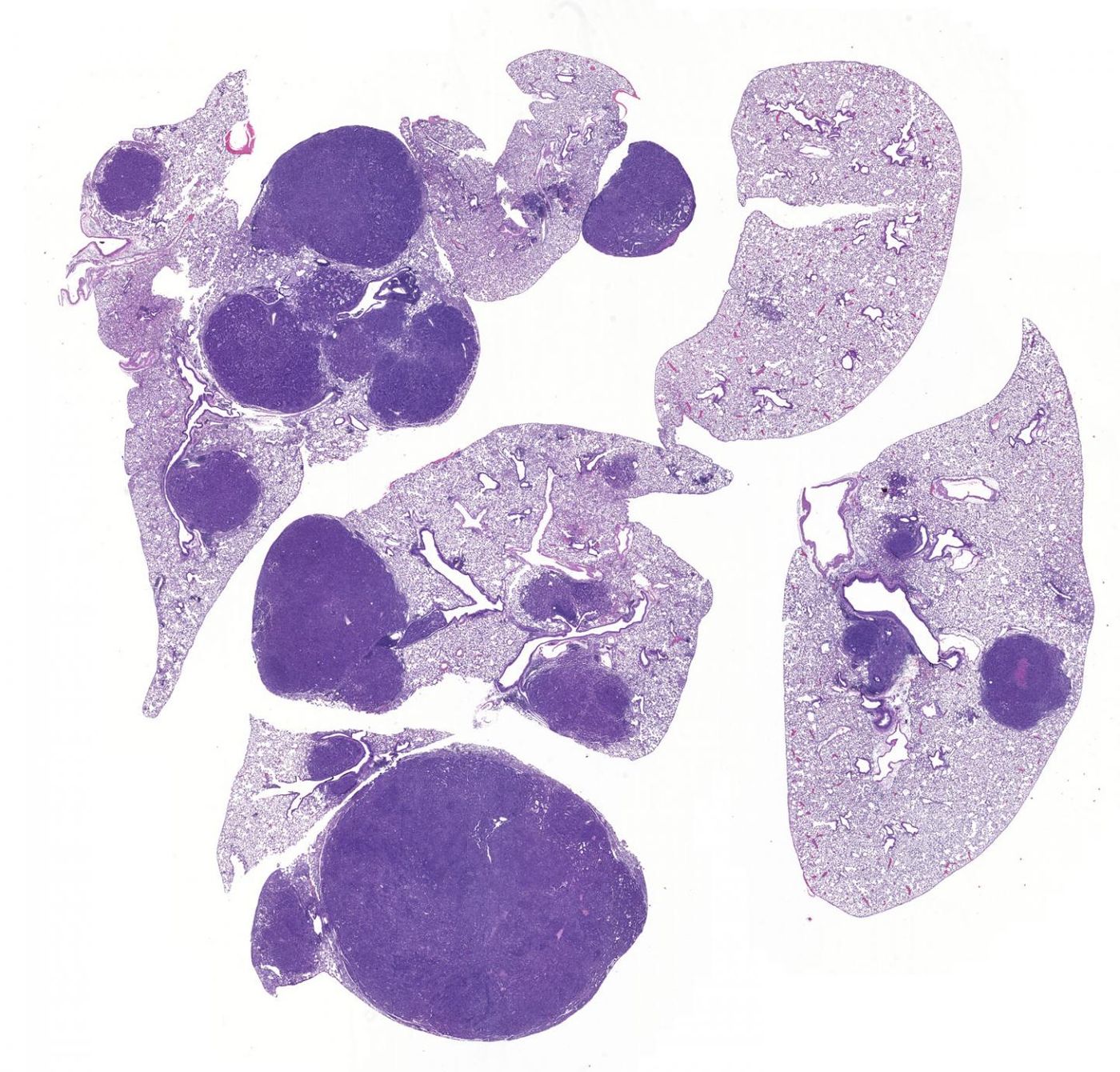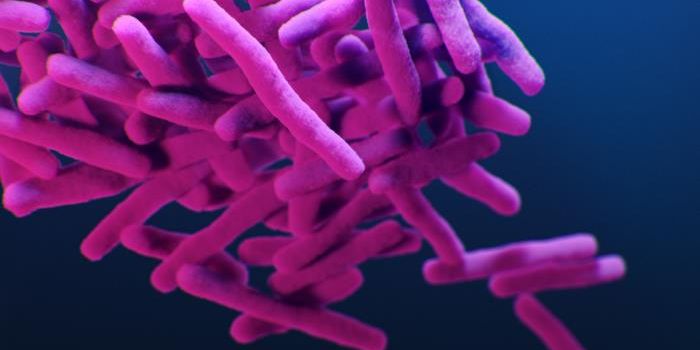New Drug Targets for Lung Cancer Identified
Most deadly cases of lung cancer - 85 to 90 percent - are non-small-cell lung carcinomas (NSCLCs). The genomes of cancer cells carry mutations, and the third most common mutation in NSCLC occurs in the LKB1 (also known as STK11) gene. Researchers at the Salk Institute have now learned why these mutations lead to cancer growth. The findings have been reported in Cancer Discovery, and can help create new therapeutic avenues for the disease.
"For the first time, we've found specific direct targets for LKB1 that prevent lung cancer and discovered very unexpectedly that inflammation plays a role in this tumor growth," said the senior study author Professor Reuben Shaw, director of the Salk Cancer Center. "With this knowledge, we can hopefully develop new treatments for this large fraction of lung cancer patients."
LKB1 typically acts to suppress tumor growth and helps regulate fourteen enzymes called kinases. The roles of many of those kinases are still unclear, and exactly which one helps stop tumors from growing was unknown for many years. Previous work by the Shaw lab had found that two of the kinases aren’t involved, leaving twelve as candidates.
"This is was like a cancer detective case. We suspected that one of these twelve kinases was likely the key to the tumor-suppressing effects of LKB1, but we were not sure which one," explained the lead author of the study Pablo Hollstein, a postdoctoral fellow at Salk.
In this study, the researchers used CRISPR gene-editing tools to assess the impact of removing each kinase from cells growing in culture. When one kinase in particular, SIK1, was inactivated, tumors began proliferating. Tumor growth was even more aggressive when SIK3 was also inactivated.
"Discovering that of the fourteen kinases it was SIK1 and SIK3 that were the most critical players is like discovering that the relatively unknown backup quarterback who almost never plays is actually one of the most important quarterbacks in the history of the sport," explained Shaw.
LKB1 ia also involved in suppressing inflammation, and SIK1 and SIK3 stop cancer-induced cellular inflammation. Therefore, inflammation increases when mutations arise in LKB1, SIK1 or SIK3 in tumor cells, promoting tumor growth.
"By attacking the problem of lung cancer from different angles, we have now defined a single direct route that underpins how the disease develops in many patients,” noted Shaw. "We have been working on this project since I started my lab in 2006, so it is incredibly rewarding and astonishing to find that inflammation is a driving force in tumor formation in this very clearly defined set of lung cancers. This discovery highlights the nature of scientific research and how important it is to commit to pursuing difficult, complicated problems, even if it takes over ten years to get an answer."
Sources: AAAS/Eurekalert! Via Salk Institute, Cancer Discovery









